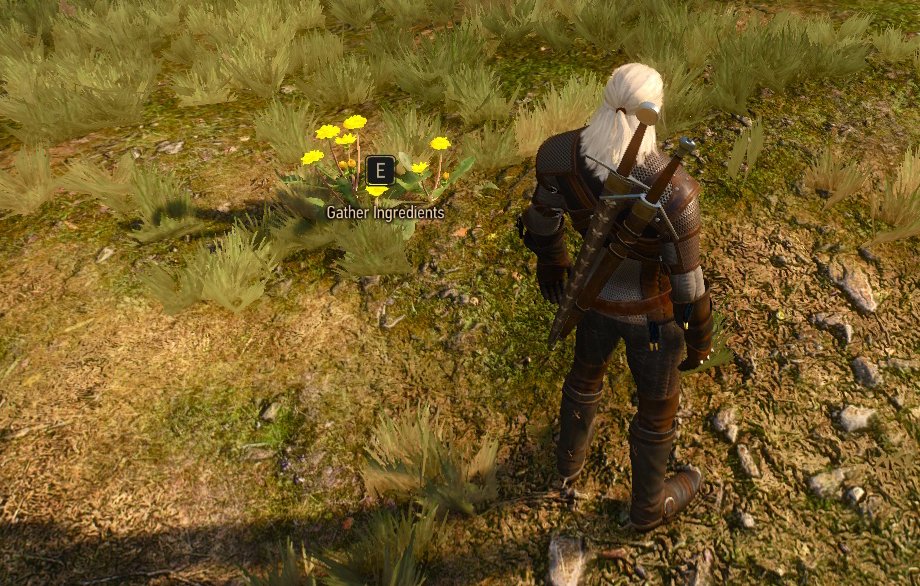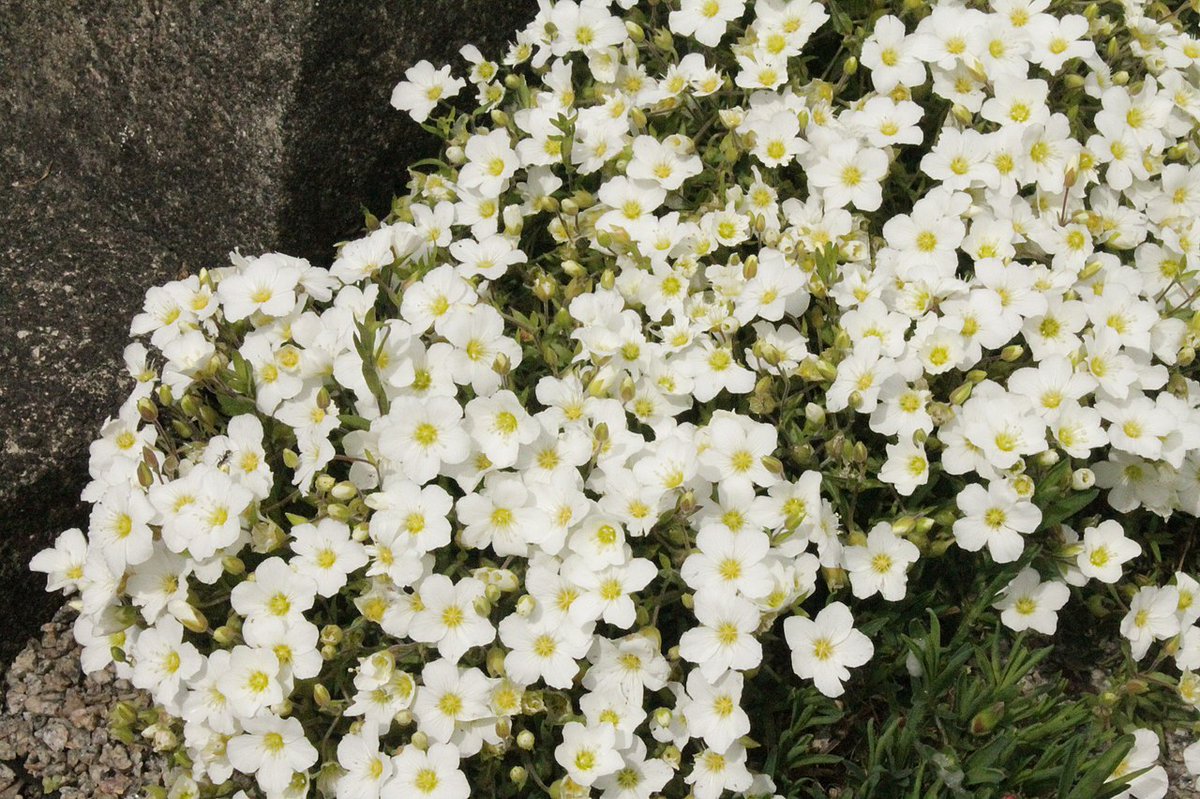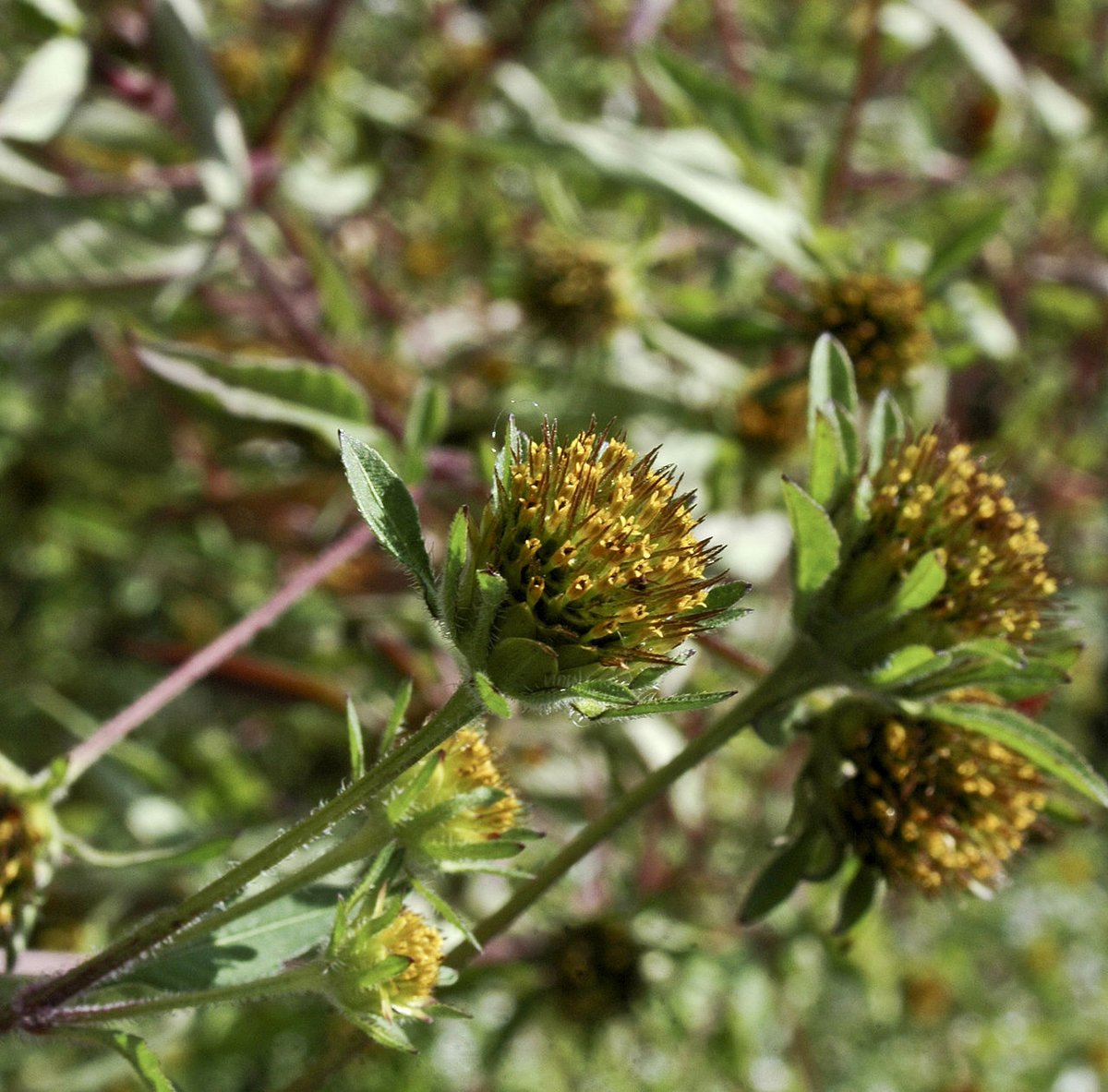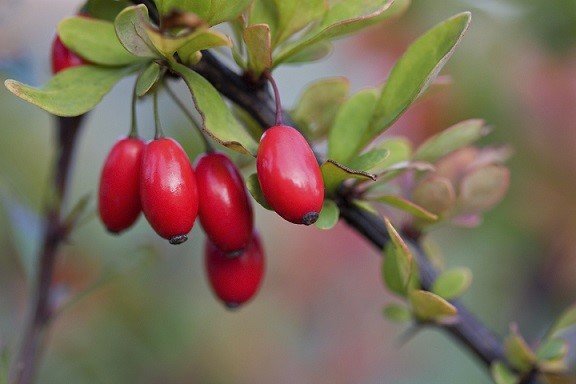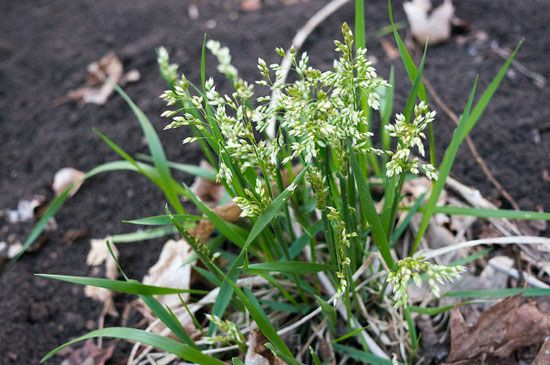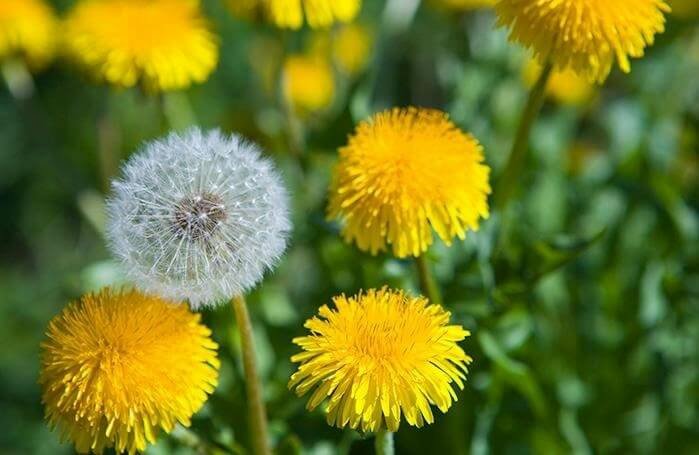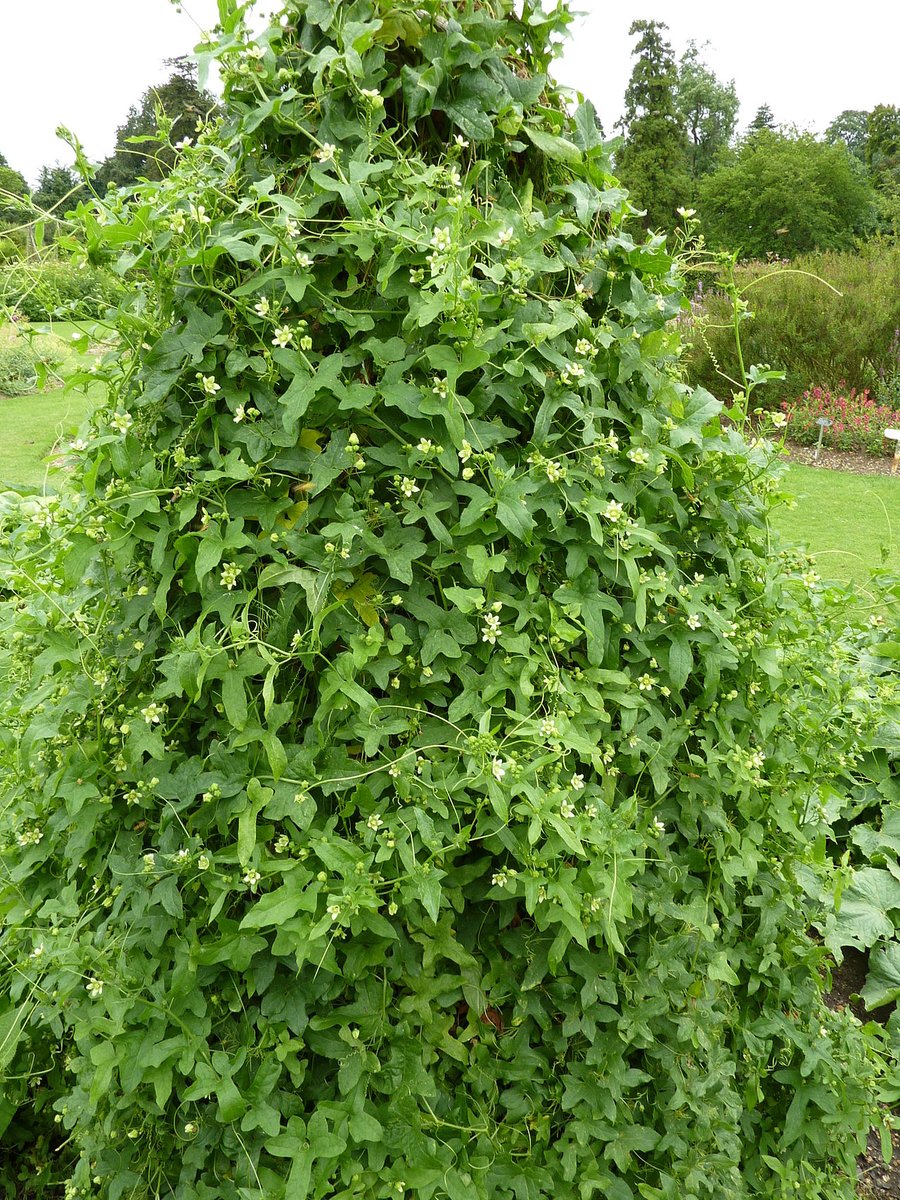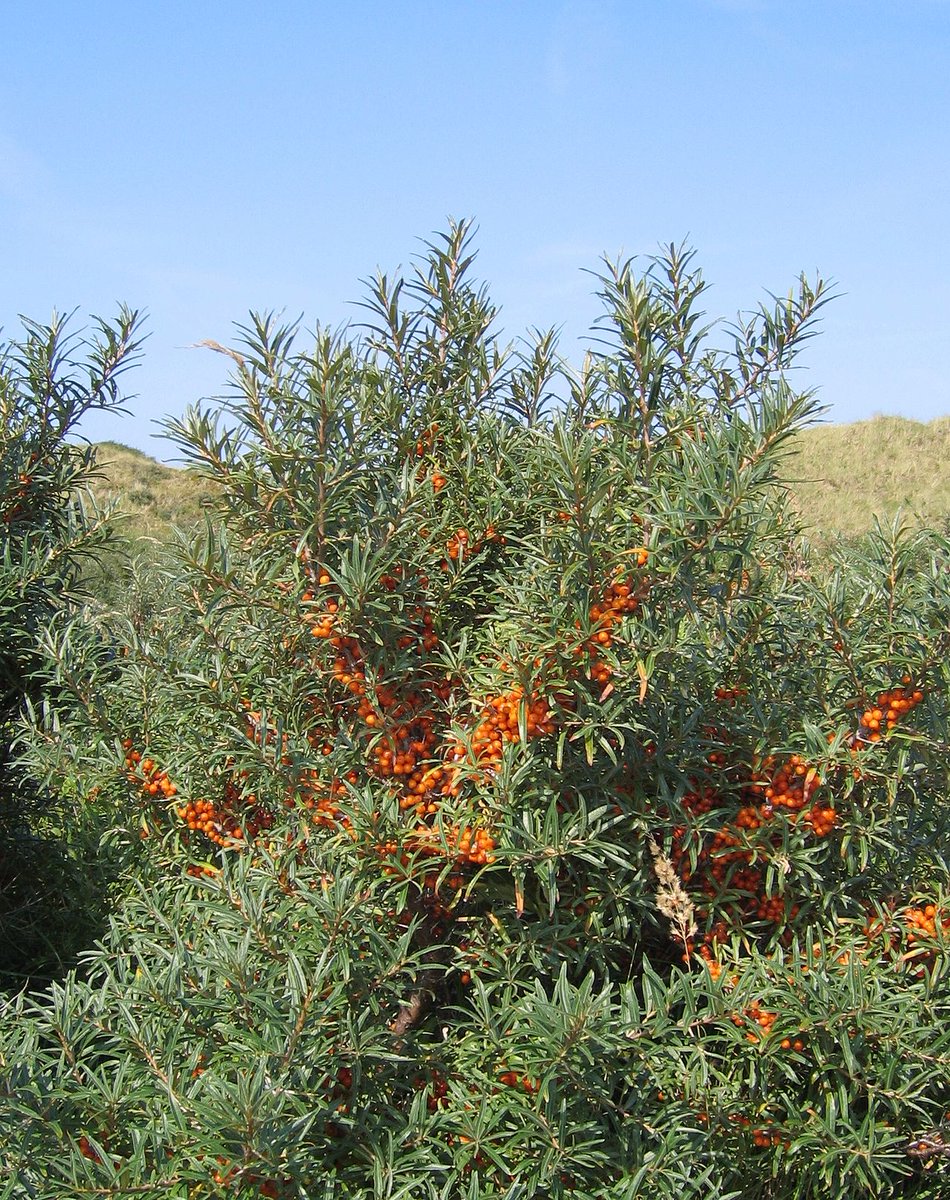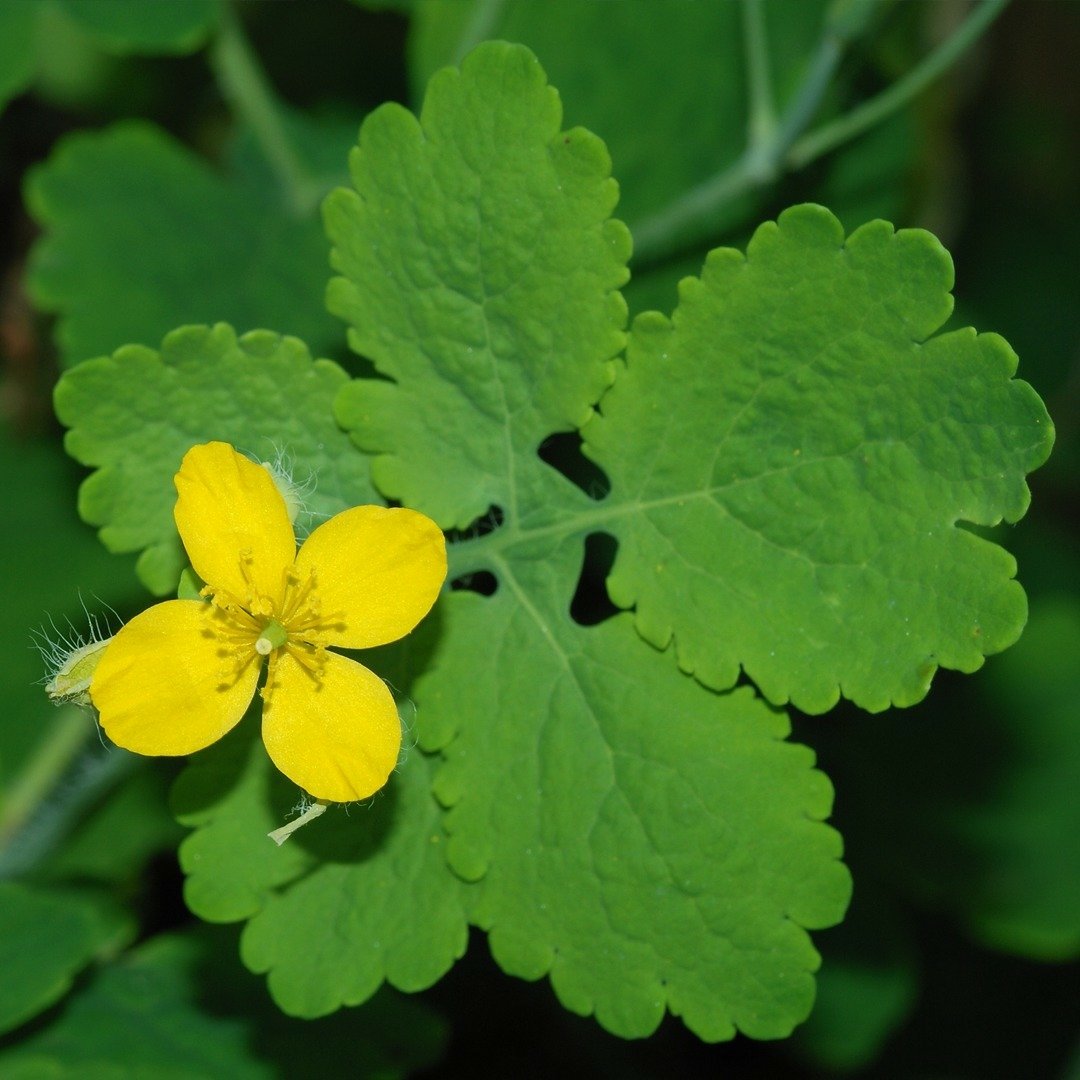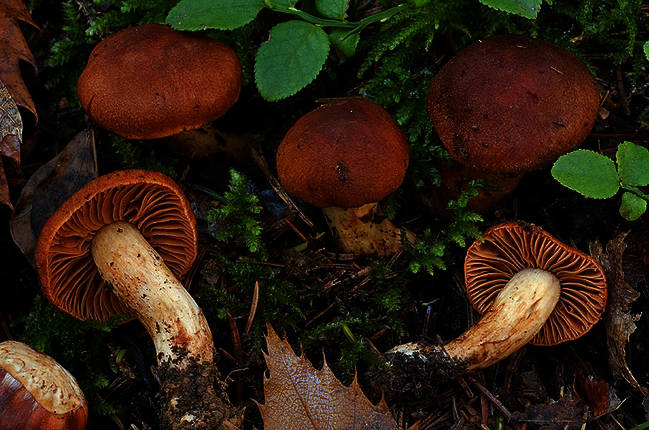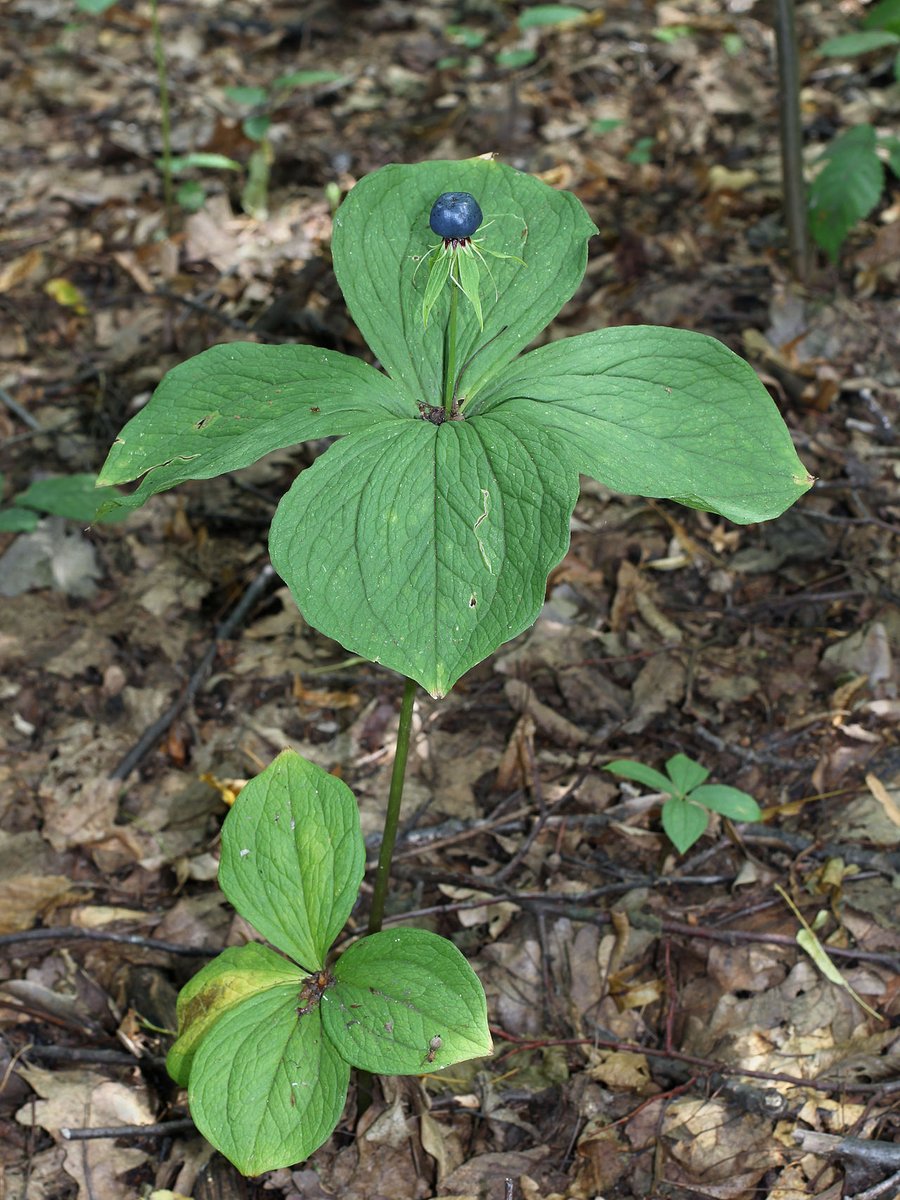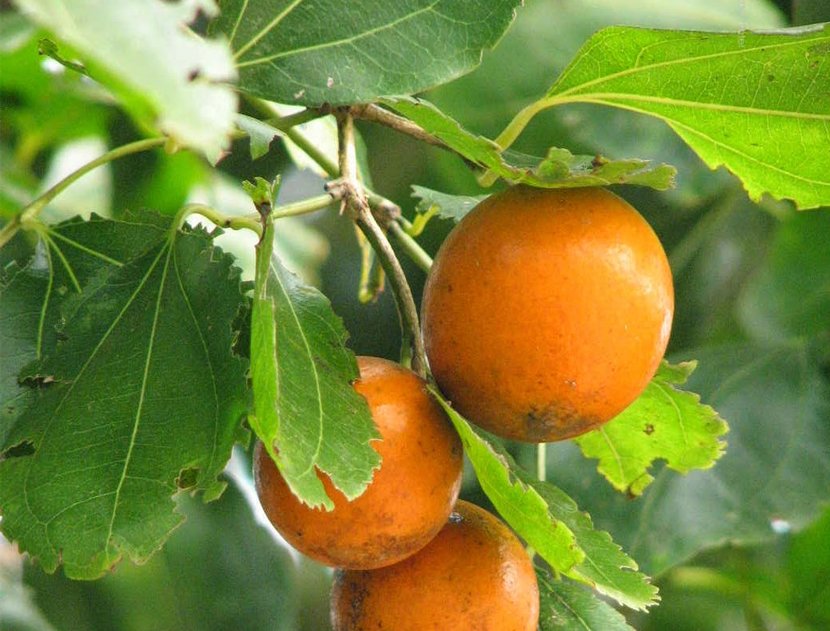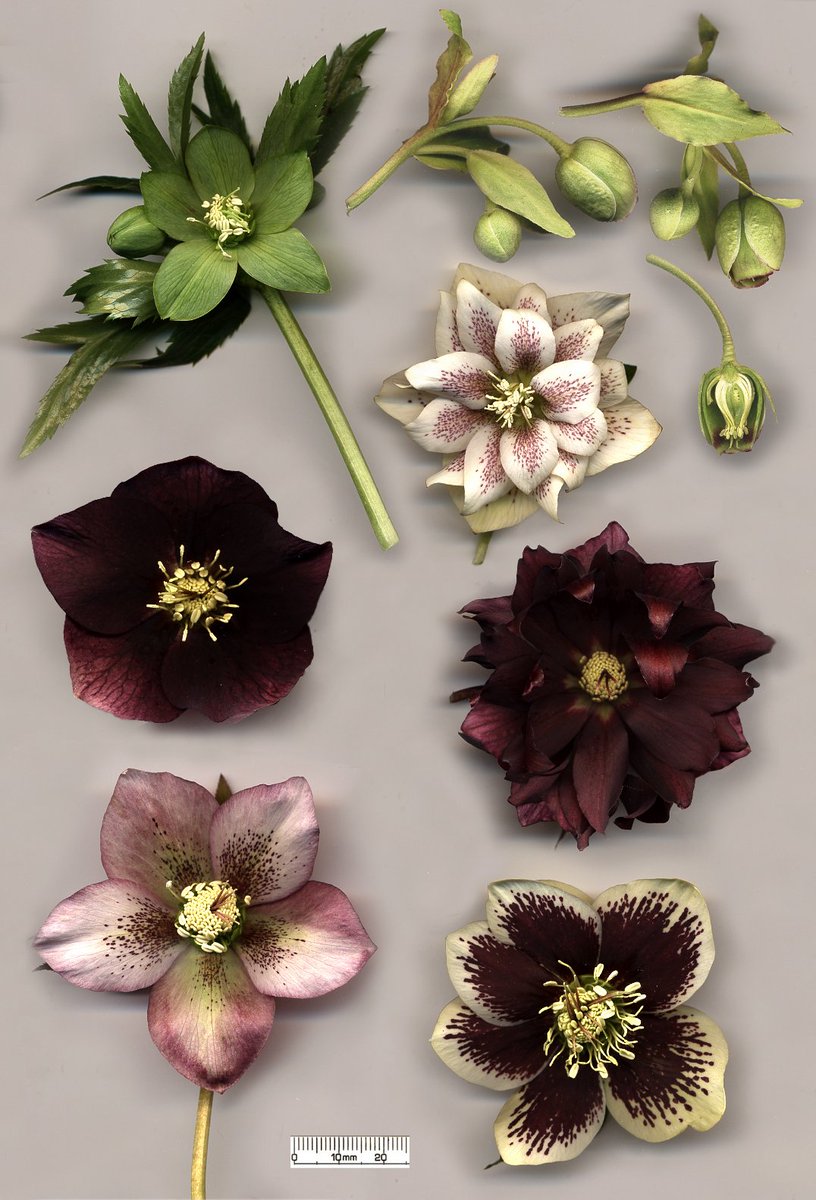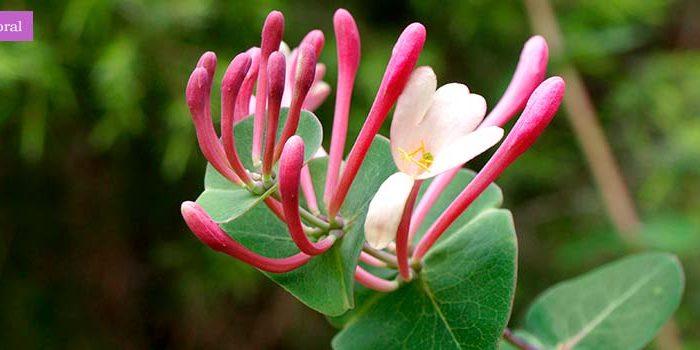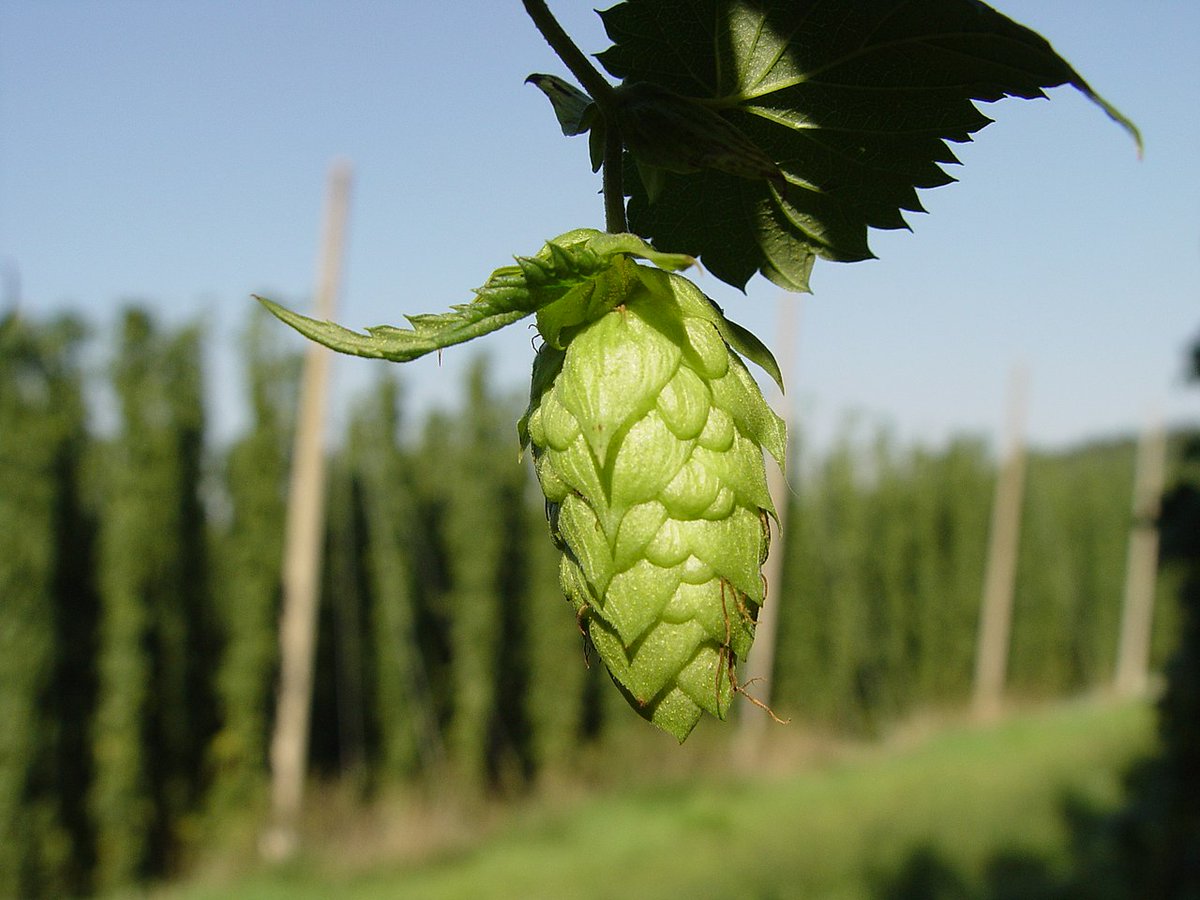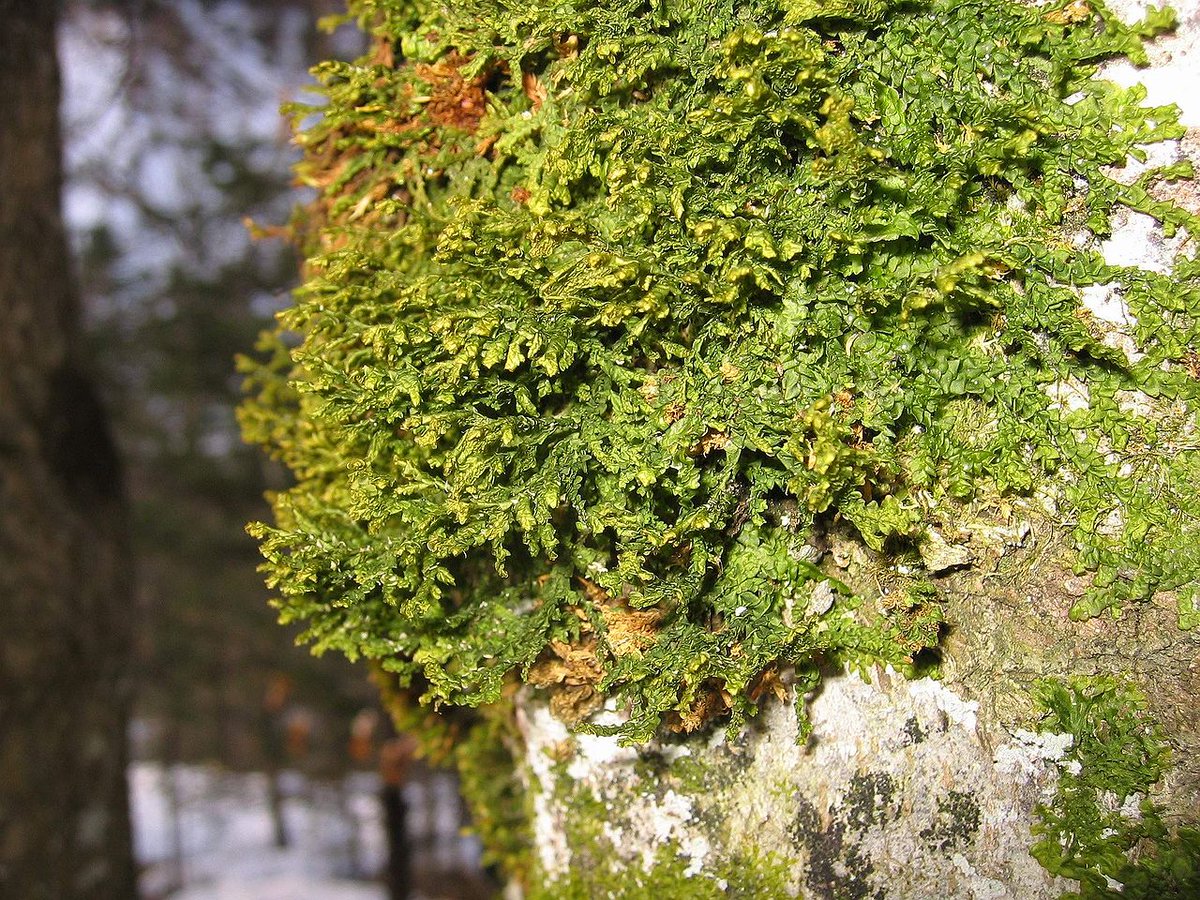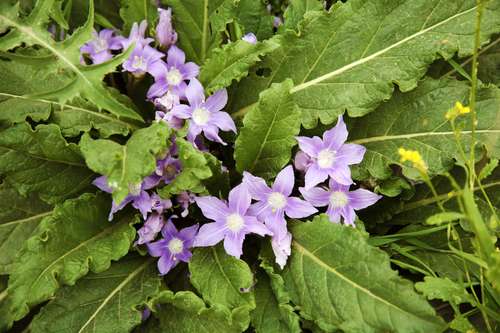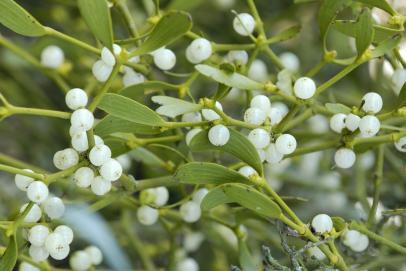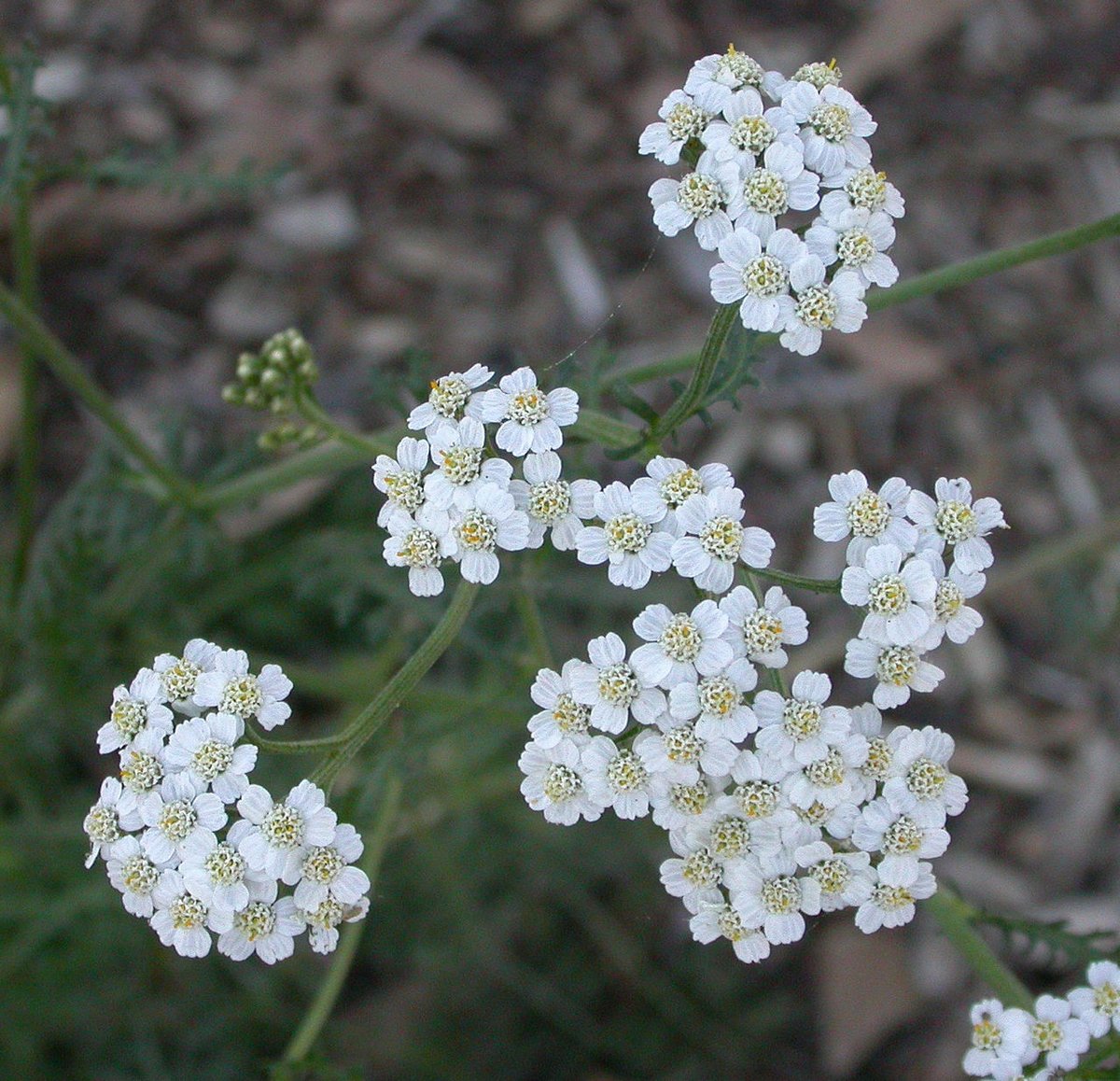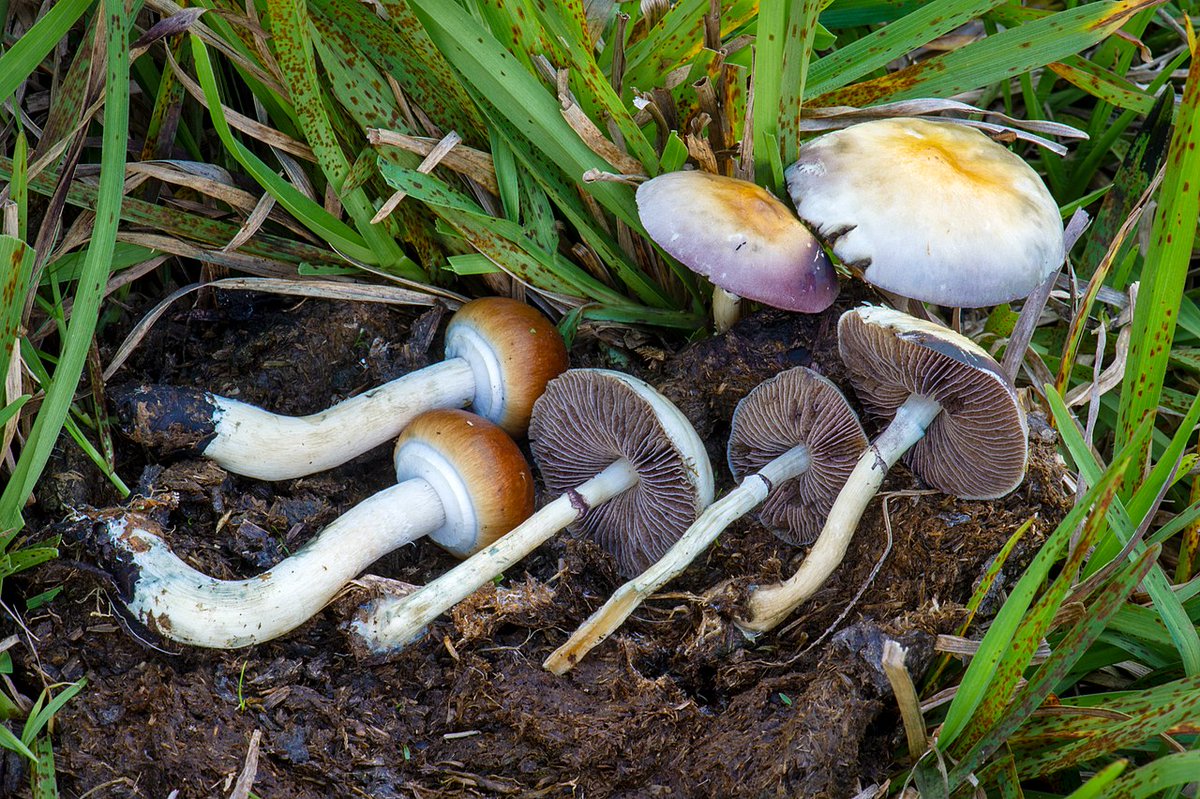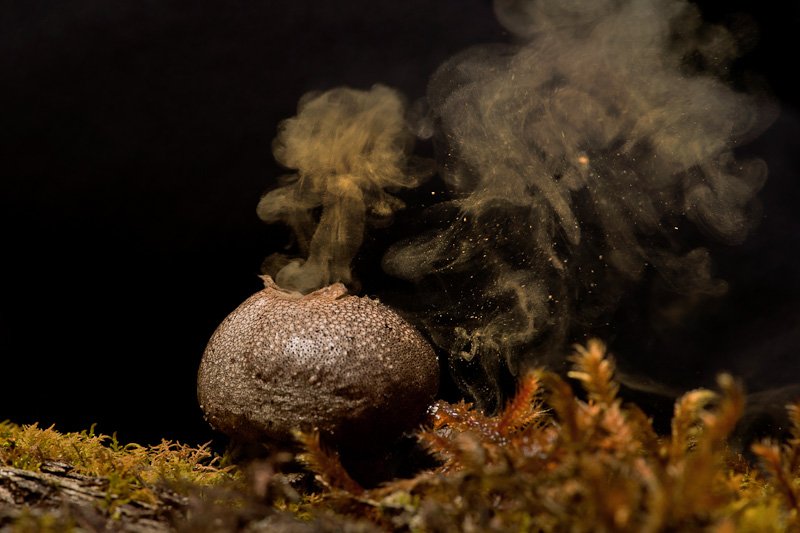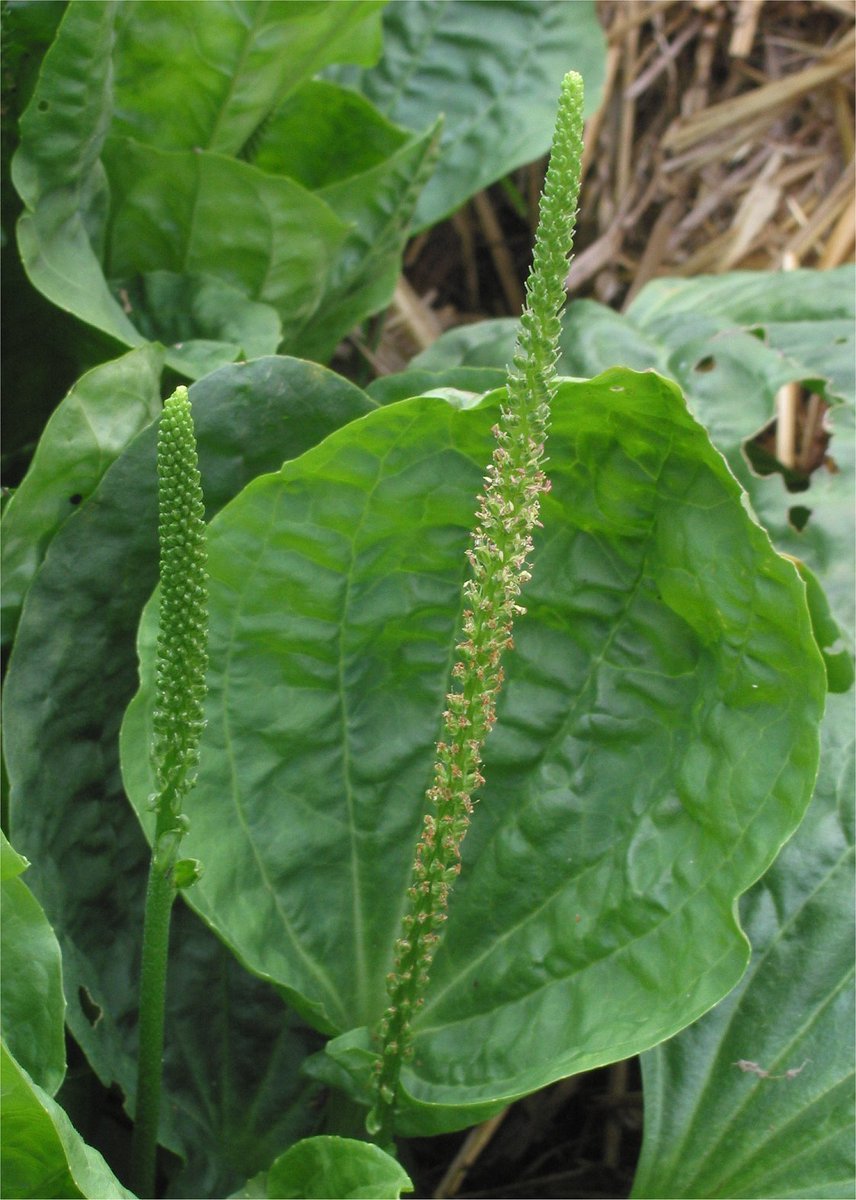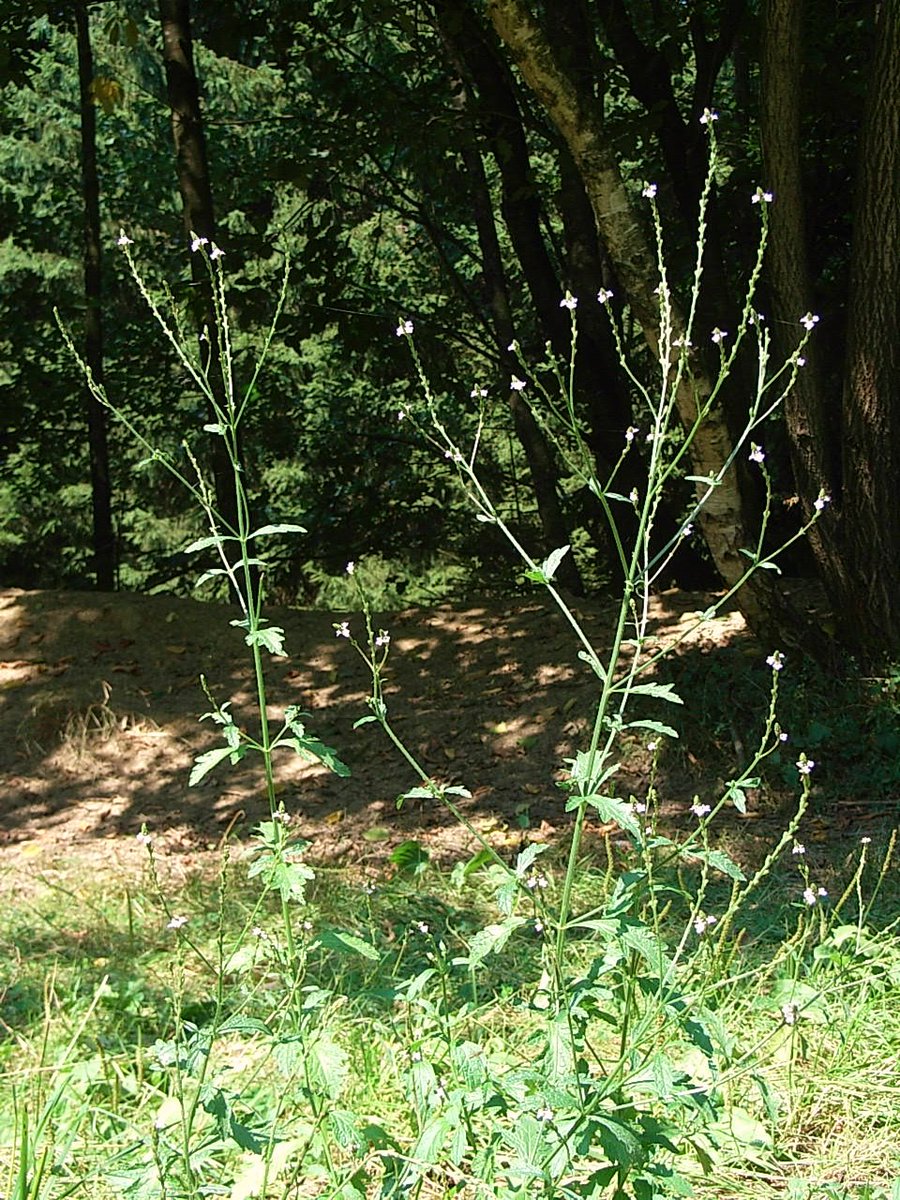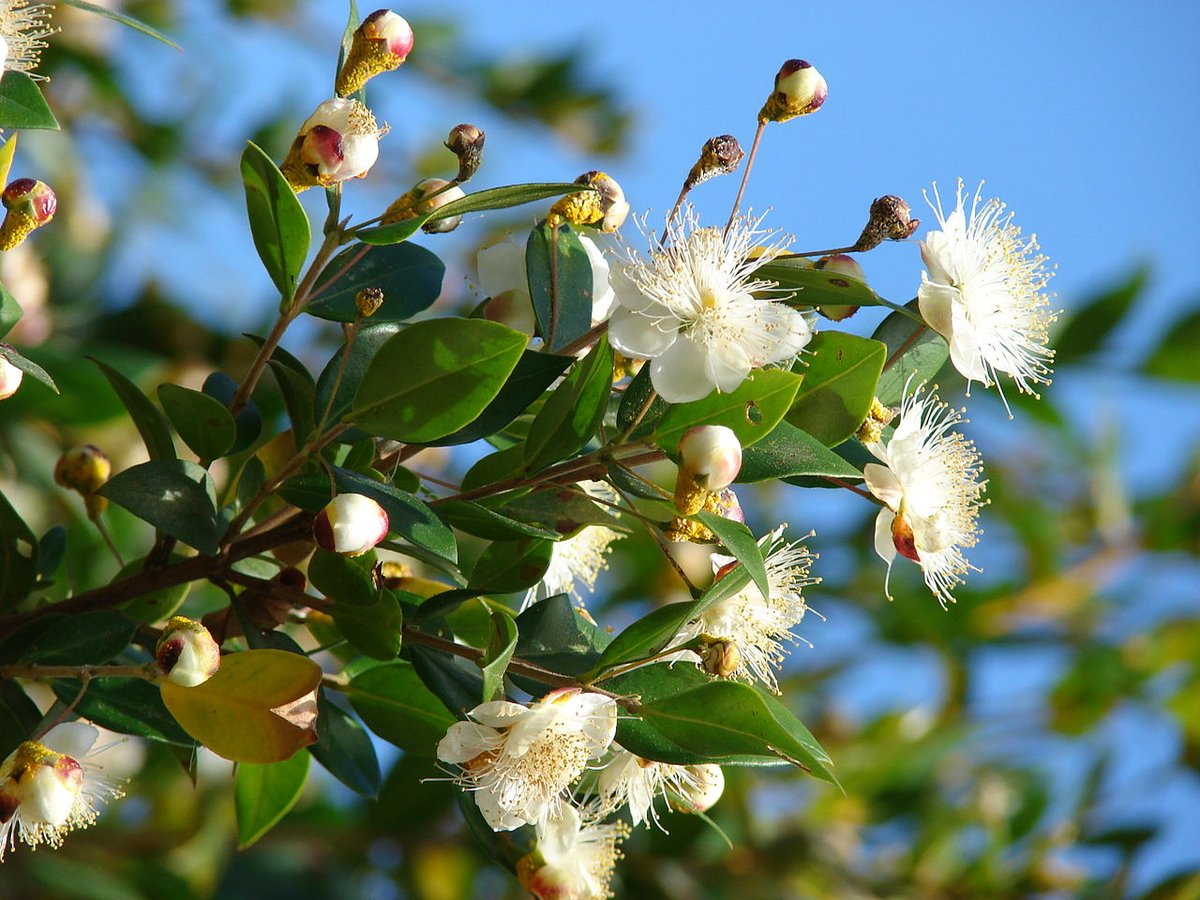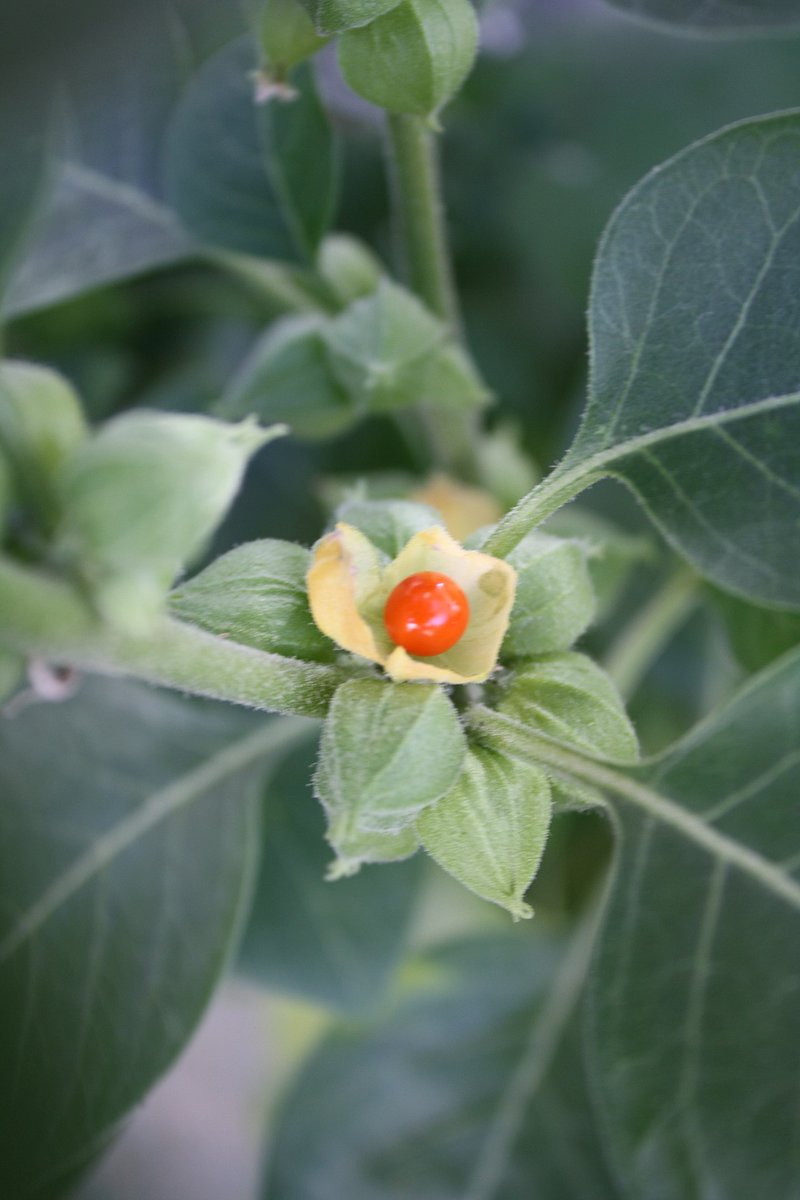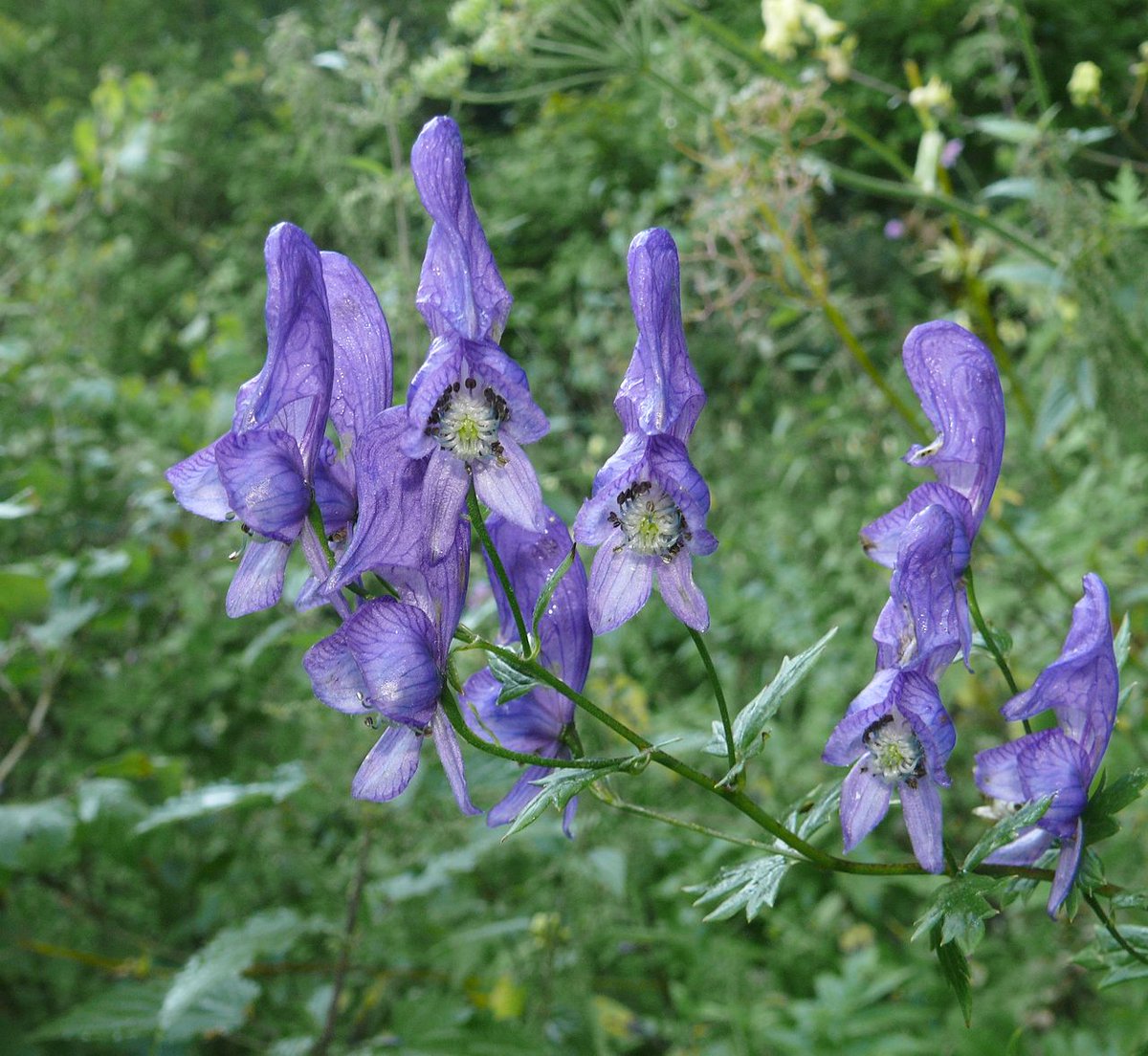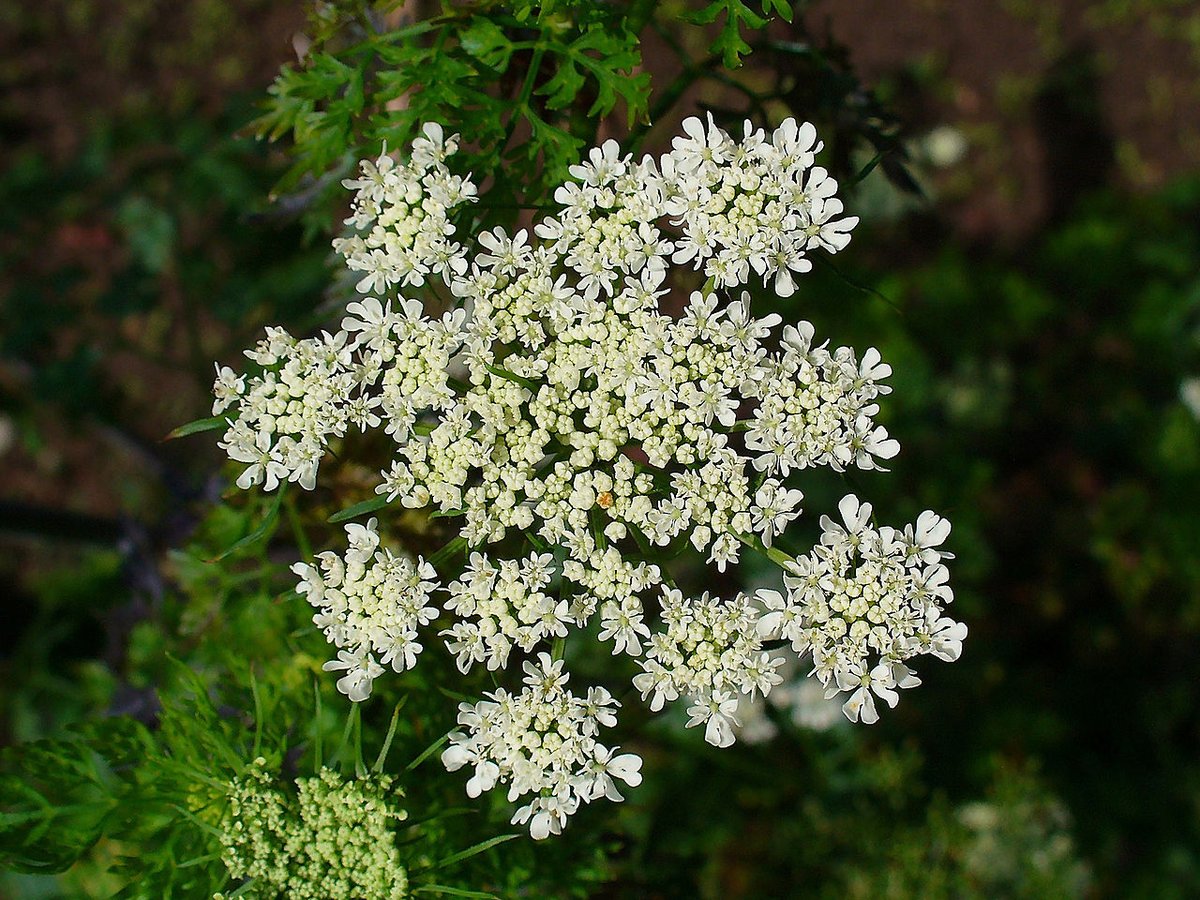~Arenaria~
Arenaria is a genus of flowering plants, within the family Caryophyllaceae. They're commonly known as "sandworms" and have a long list of folk medicinal uses; such as the treatment of kidney "sand" and stones.
Arenaria is a genus of flowering plants, within the family Caryophyllaceae. They're commonly known as "sandworms" and have a long list of folk medicinal uses; such as the treatment of kidney "sand" and stones.
~Beggartick blossoms~
Bidens frondosa is a North American species of flowering plant in the aster family, sunflower family. It is known in many other parts of the world as an introduced species. It's uses include the treatment of pain, inflammation, irritation and UTIs.
Bidens frondosa is a North American species of flowering plant in the aster family, sunflower family. It is known in many other parts of the world as an introduced species. It's uses include the treatment of pain, inflammation, irritation and UTIs.
~Berbercane fruit~
Berberis vulgaris, also known as common barberry, is a shrub in the genus Berberis. It produces edible but sharply acidic berries, which people in many countries eat as a tart and refreshing fruit. It contains Berberine, a yellow dye with clinical applications.
Berberis vulgaris, also known as common barberry, is a shrub in the genus Berberis. It produces edible but sharply acidic berries, which people in many countries eat as a tart and refreshing fruit. It contains Berberine, a yellow dye with clinical applications.
~Bison grass~
Hierochloe odorata or Anthoxanthum nitens is an aromatic herb native to northern Eurasia and North America. It is a sacred grass of the indigenous peoples. It is used as a smudge, in herbal medicine and in the production of distilled beverages.
Hierochloe odorata or Anthoxanthum nitens is an aromatic herb native to northern Eurasia and North America. It is a sacred grass of the indigenous peoples. It is used as a smudge, in herbal medicine and in the production of distilled beverages.
~Blowball~
Taraxacum officinale, the common dandelion, is a flowering herbaceous perennial plant of the family Asteraceae. While it is considered a weed by most gardeners and especially lawn owners, the plant has several culinary and medicinal uses.
Taraxacum officinale, the common dandelion, is a flowering herbaceous perennial plant of the family Asteraceae. While it is considered a weed by most gardeners and especially lawn owners, the plant has several culinary and medicinal uses.
~Bryonia~
Bryonia is a genus of flowering plants in the gourd family.They are native to western Eurasia and adjacent regions. Some species find use in herbal medicine. Generally however, these plants are poisonous, and may be fatal if ingested.
Bryonia is a genus of flowering plants in the gourd family.They are native to western Eurasia and adjacent regions. Some species find use in herbal medicine. Generally however, these plants are poisonous, and may be fatal if ingested.
~Buckthorn~
Hippophae is the genus of sea buckthorns, deciduous shrubs in the family Elaeagnaceae. It produces orange-yellow berries, which have been used over centuries as food, traditional medicine, and skin treatment in Mongolia, Russia, and northern Europe.
Hippophae is the genus of sea buckthorns, deciduous shrubs in the family Elaeagnaceae. It produces orange-yellow berries, which have been used over centuries as food, traditional medicine, and skin treatment in Mongolia, Russia, and northern Europe.
~Celandine~
Chelidonium majus, commonly known as greater celandine, is a herbaceous perennial plant in the poppy family Papaveraceae. The whole plant is toxic in moderate doses as it contains a range of isoquinoline alkaloids; use in herbal medicine requires the correct dose.
Chelidonium majus, commonly known as greater celandine, is a herbaceous perennial plant in the poppy family Papaveraceae. The whole plant is toxic in moderate doses as it contains a range of isoquinoline alkaloids; use in herbal medicine requires the correct dose.
~Cortinarius~
Cortinarius is a globally distributed genus of mushrooms in the family Cortinariaceae. Several mushrooms in this genus are poisonous, mainly because they cause acute tubulointerstitial nephritis. Some are even lethal.
Cortinarius is a globally distributed genus of mushrooms in the family Cortinariaceae. Several mushrooms in this genus are poisonous, mainly because they cause acute tubulointerstitial nephritis. Some are even lethal.
~Crow's eye~
Paris quadrifolia, is a species of flowering plant in the family Melanthiaceae. It occurs in temperate and cool areas throughout Eurasia. Each plant produces at most one blueberry-like berry, which is poisonous, as are other plant tissues.
Paris quadrifolia, is a species of flowering plant in the family Melanthiaceae. It occurs in temperate and cool areas throughout Eurasia. Each plant produces at most one blueberry-like berry, which is poisonous, as are other plant tissues.
~Ginatia petals~
Strychnos ignatii is a tree in the Loganiaceae family, native to the Philippines, and parts of China.The beans of the plant contain strychnine,a highly toxic alkaloid used as a pesticide.When inhaled, it causes poisoning and eventually death through asphyxia.
Strychnos ignatii is a tree in the Loganiaceae family, native to the Philippines, and parts of China.The beans of the plant contain strychnine,a highly toxic alkaloid used as a pesticide.When inhaled, it causes poisoning and eventually death through asphyxia.
~Hellebore~
Commonly known as hellebores, the Eurasian genus Helleborus consists of approximately 20 species of herbaceous or evergreen perennial flowering plants. All helleborus plants are toxic, and all parts of the helleborus plant are toxic.
Commonly known as hellebores, the Eurasian genus Helleborus consists of approximately 20 species of herbaceous or evergreen perennial flowering plants. All helleborus plants are toxic, and all parts of the helleborus plant are toxic.
~Honeysuckle~
Honeysuckles are arching shrubs or twining vines in the family Caprifoliaceae, native to northern latitudes in North America and Eurasia. In most species the berries are mildly poisonous, but in a few, they are edible and grown for home use and commerce.
Honeysuckles are arching shrubs or twining vines in the family Caprifoliaceae, native to northern latitudes in North America and Eurasia. In most species the berries are mildly poisonous, but in a few, they are edible and grown for home use and commerce.
~Hop umbels~
Hops are the flowers of the hop plant Humulus lupulus.They are used primarily as a bittering, flavouring, and stability agent in beer. Hops are also used for various purposes in other beverages and herbal medicine.
Hops are the flowers of the hop plant Humulus lupulus.They are used primarily as a bittering, flavouring, and stability agent in beer. Hops are also used for various purposes in other beverages and herbal medicine.
~Liverwort~
The Marchantiophyta are a division of non-vascular land plants commonly referred to as hepatics or liverworts. In ancient times, it was believed that liverworts cured diseases of the liver, hence the name.
The Marchantiophyta are a division of non-vascular land plants commonly referred to as hepatics or liverworts. In ancient times, it was believed that liverworts cured diseases of the liver, hence the name.
~Mandrake~
Mandragora is a genus of six species of hallucinogenic plants in the nightshade family. The plants are particularly noted for their potent roots, which somewhat resemble the human form and have a long history of use in religious and superstitious practices.
Mandragora is a genus of six species of hallucinogenic plants in the nightshade family. The plants are particularly noted for their potent roots, which somewhat resemble the human form and have a long history of use in religious and superstitious practices.
~Mistletoe~
Mistletoe is the common name for obligate hemiparasitic plants in the order Santalales. It has been used historically in medicine for its supposed value in treating arthritis, high blood pressure, epilepsy and infertility.
Mistletoe is the common name for obligate hemiparasitic plants in the order Santalales. It has been used historically in medicine for its supposed value in treating arthritis, high blood pressure, epilepsy and infertility.
~Moleyarrow~
Achillea millefolium, commonly known as common yarrow, is a flowering plant in the family Asteraceae. It is native to temperate regions of the Northern Hemisphere in Asia and Europe and North America. It has seen historical use in traditional medicine.
Achillea millefolium, commonly known as common yarrow, is a flowering plant in the family Asteraceae. It is native to temperate regions of the Northern Hemisphere in Asia and Europe and North America. It has seen historical use in traditional medicine.
~Psilocybe or Mardroeme~
Psilocybe cubensis is a species of psychedelic mushroom whose principal active compounds are psilocybin and psilocin. Commonly called shrooms, magic mushrooms, golden tops, cubes, or gold caps, it belongs to the fungus family Hymenogastracea.
Psilocybe cubensis is a species of psychedelic mushroom whose principal active compounds are psilocybin and psilocin. Commonly called shrooms, magic mushrooms, golden tops, cubes, or gold caps, it belongs to the fungus family Hymenogastracea.
~Puffball~
Puffballs are fungi, so named because clouds of brown dust-like spores are emitted when the mature fruitbody bursts or is impacted.While most puffballs are not poisonous, some often look similar to young agarics, and especially the deadly Amanitas.
Puffballs are fungi, so named because clouds of brown dust-like spores are emitted when the mature fruitbody bursts or is impacted.While most puffballs are not poisonous, some often look similar to young agarics, and especially the deadly Amanitas.
~Ribleaf~
Plantago major (broadleaf plantain, white man's foot, or greater plantain) is a species of flowering plant in the plantain family Plantaginaceae. Plantain leaves were used commonly in folk medicine for skin poultices on wounds, sores, or insect stings.
Plantago major (broadleaf plantain, white man's foot, or greater plantain) is a species of flowering plant in the plantain family Plantaginaceae. Plantain leaves were used commonly in folk medicine for skin poultices on wounds, sores, or insect stings.
~Verbena~
Verbena officinalis, the common vervain or common verbena, is a perennial herb native to Europe. The plant has been associated since ancient times with divine and other supernatural forces, and it has an equally long-standing use as a medicinal plant.
Verbena officinalis, the common vervain or common verbena, is a perennial herb native to Europe. The plant has been associated since ancient times with divine and other supernatural forces, and it has an equally long-standing use as a medicinal plant.
~White Myrtle petals~
Myrtus communis, the common myrtle or true myrtle, is a species of flowering plant in the myrtle family Myrtaceae. It has been prescribed for fever and pain by ancient physicians since at least 2,500 BC in Sumer. It has many culinary uses, including liqueurs
Myrtus communis, the common myrtle or true myrtle, is a species of flowering plant in the myrtle family Myrtaceae. It has been prescribed for fever and pain by ancient physicians since at least 2,500 BC in Sumer. It has many culinary uses, including liqueurs
~Winter Cherry~
Withania somnifera, known commonly as winter cherry, is a plant in the Solanaceae or nightshade family. Although thought to be useful as a medicinal herb in Ayurveda, there is no conclusive clinical evidence that it is effective for treating any ailment.
Withania somnifera, known commonly as winter cherry, is a plant in the Solanaceae or nightshade family. Although thought to be useful as a medicinal herb in Ayurveda, there is no conclusive clinical evidence that it is effective for treating any ailment.
~Wolfsbane~
Aconitum, also known as aconite, monkshood, wolf's-bane,devil's helmet, queen of poisons, is a genus of over 250 species of flowering plants belonging to the family Ranunculaceae. Most species are extremely poisonous and must be dealt with very carefully.
Aconitum, also known as aconite, monkshood, wolf's-bane,devil's helmet, queen of poisons, is a genus of over 250 species of flowering plants belonging to the family Ranunculaceae. Most species are extremely poisonous and must be dealt with very carefully.

 Read on Twitter
Read on Twitter

